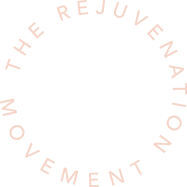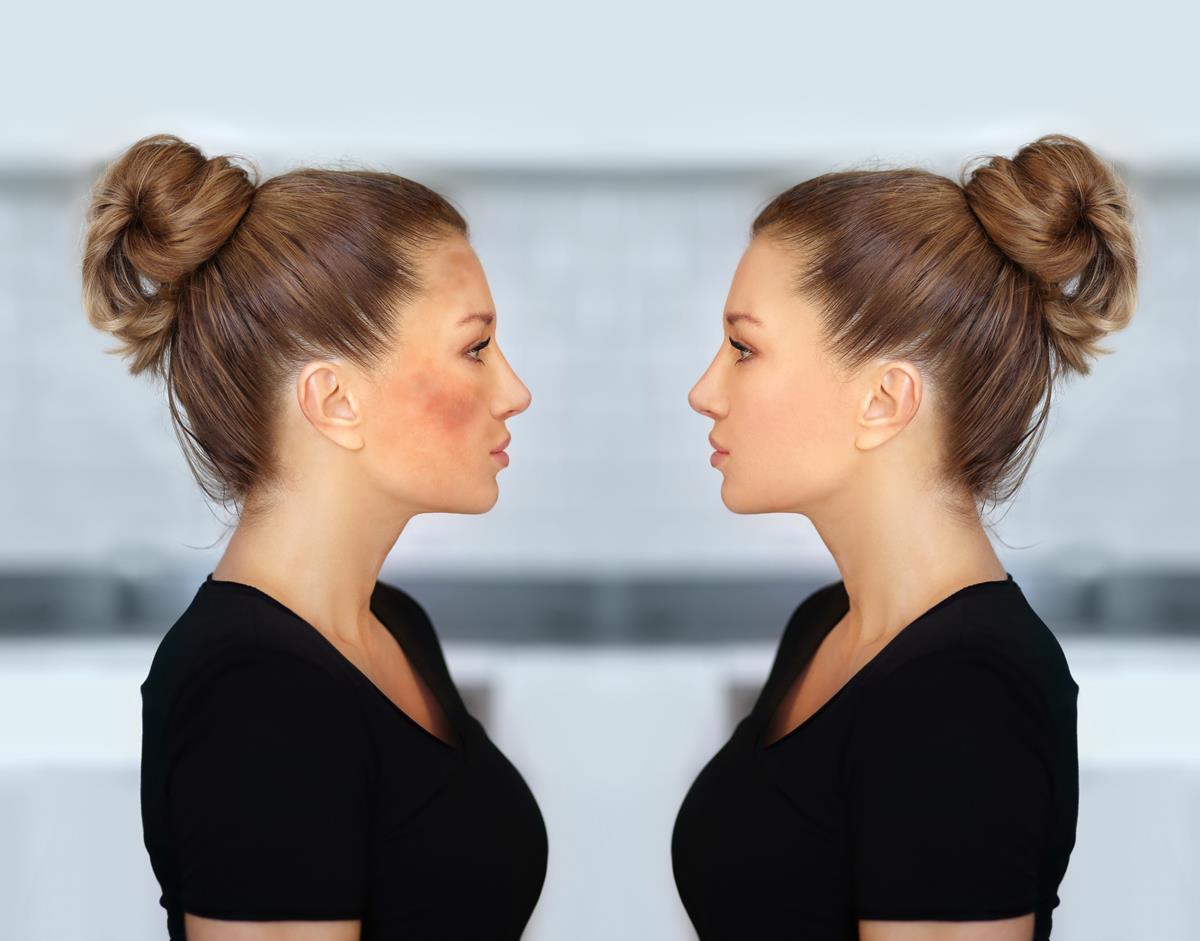Rosacea is a common skin condition that causes facial redness, including blushing, flushing, visible blood vessels, and sometimes, small, pus-filled bumps. In the US, more than 14 million people are living with rosacea. Fair-skinned individuals between 30 and 50 years of age who have someone in their family tree with rosacea or severe acne, and women, are more likely to get it than men. While scientists are unsure what causes the condition, they have found that rosacea may be inherited and may have something to do with the intestinal bug H pylori, the bacterium bacillus oleronius, or the skin mite Demodex.
There are four different subtypes of rosacea, which all require different treatments. It’s a chronic skin disease that can affect a person’s quality of life by causing embarrassment, worry, low self-esteem, anxiety, and depression.
Rosacea Types
● Subtype 1, Facial Redness – Symptoms include facial redness, flushing, visible blood vessels, and sometimes swollen, dry, burning, and sensitive skin.
● Subtype 2, Acne-like breakouts – Most common in middle-aged women, this subtype has acne-like breakouts with very red and oily skin. The skin may sting and burn, be very sensitive and show raised skin patches called plaques.
- Subtype 3, Thickening skin – Thissubtype is rare and usually shows up as bumpy, thick skin, most often on the nose with oily skin and large pores. The skin may thicken on the forehead, cheeks, chin, and ears.
- Subtype 4, In the eyes – Rosacea affecting the eyes is called ocular rosacea. It may show up as watery or bloodshot eyes and can affect your sight. You may need to see an ophthalmologist for treatment.
Treatments
A dermatologist can let you know if you have rosacea after examining your skin and eyes. Combatting the skin condition usually involves avoiding triggers, using gentle skincare products, and getting subtype-specific treatments. Although these treatments cannot cure rosacea, they can help improve the condition, prevent it from worsening, help you control it, and ease your discomfort with it.
- Eliminate triggers – Spicy food, cold wind on your face, or becoming overheated may trigger rosacea flare-ups. First, learn what triggers you, then try to avoid it.
- Use sun protection – People prone to rosacea usually have sensitive skin. Protect your skin from the sun by applying SPF 30 daily and wearing a wide-brimmed hat outdoors with sunglasses. For sensitive skin, use sunscreen that only contains titanium oxide and zinc oxide.
- Use gentle skincare products and practices – Avoid rubbing your skin while cleansing and only use mild products that are gentle with your skin to prevent flare-ups.
















